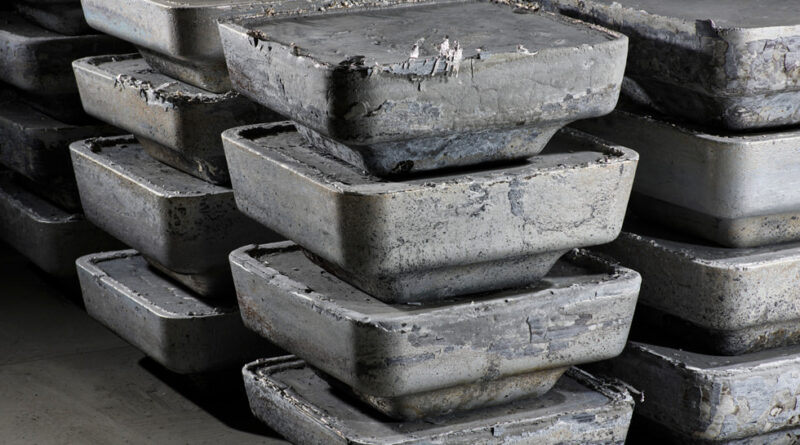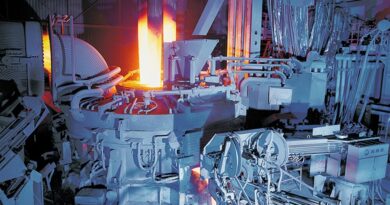Russian aluminium floods Europe due to lack of sanctions from the EU
European smelters see declining margins due to low LME, premiums, and high energy prices, with more curtailments announced in the second quarter and restarts less likely. High interest rates are continuing to put pressure on demand. Demand is weakest in the building and construction sector, and general engineering, while automotive is still holding up in most regions.
Russian metal in LME warehouses has increased to a record high 80 percent from under 10 percent since before the war in Ukraine started, causing concern, as a large part of industry participants, including Hydro, are self-sanctioning Russian products. Due to lack of sanctions from the EU, Russian metal is increasingly being exported into Europe with added pressure on regional premiums. Since the shutdown of the Nikolaev refinery in Ukraine and the Australian alumina export ban to Russia, Russian aluminium producers are continuing alumina imports from China, and from other new sources outside China.
European demand for extrusions in the second quarter of 2023 is estimated to have decreased 22 percent, compared to the same quarter last year, but increased 1 percent compared to the first quarter of 2023, which also saw weak demand. Demand for residential building and construction, and industrial segments have remained weak in the second quarter, while demand for automotive is growing steadily. Some subsegments, such as solar, are also showing robust growth.
North American extrusion demand is estimated to have decreased 15 percent during the second quarter of 2023, compared to the same quarter last year, and 1 percent compared to the first quarter of 2023. Demand is particularly weak in the residential building and construction sector as higher interest rates are impacting the housing market, while the automotive segment continues to strengthen. Nordic power prices were on average lower in the second quarter of 2023, compared to the previous quarter, and significantly lower than in the same quarter last year. The decrease is a result of lower continental spot power prices on the back of lower gas and coal prices, and seasonality. Significant price area differences in the Nordic region have continued through the second quarter of 2023. The price area differences were slightly higher compared to the previous quarter, but still significantly lower than the same quarter last year.




